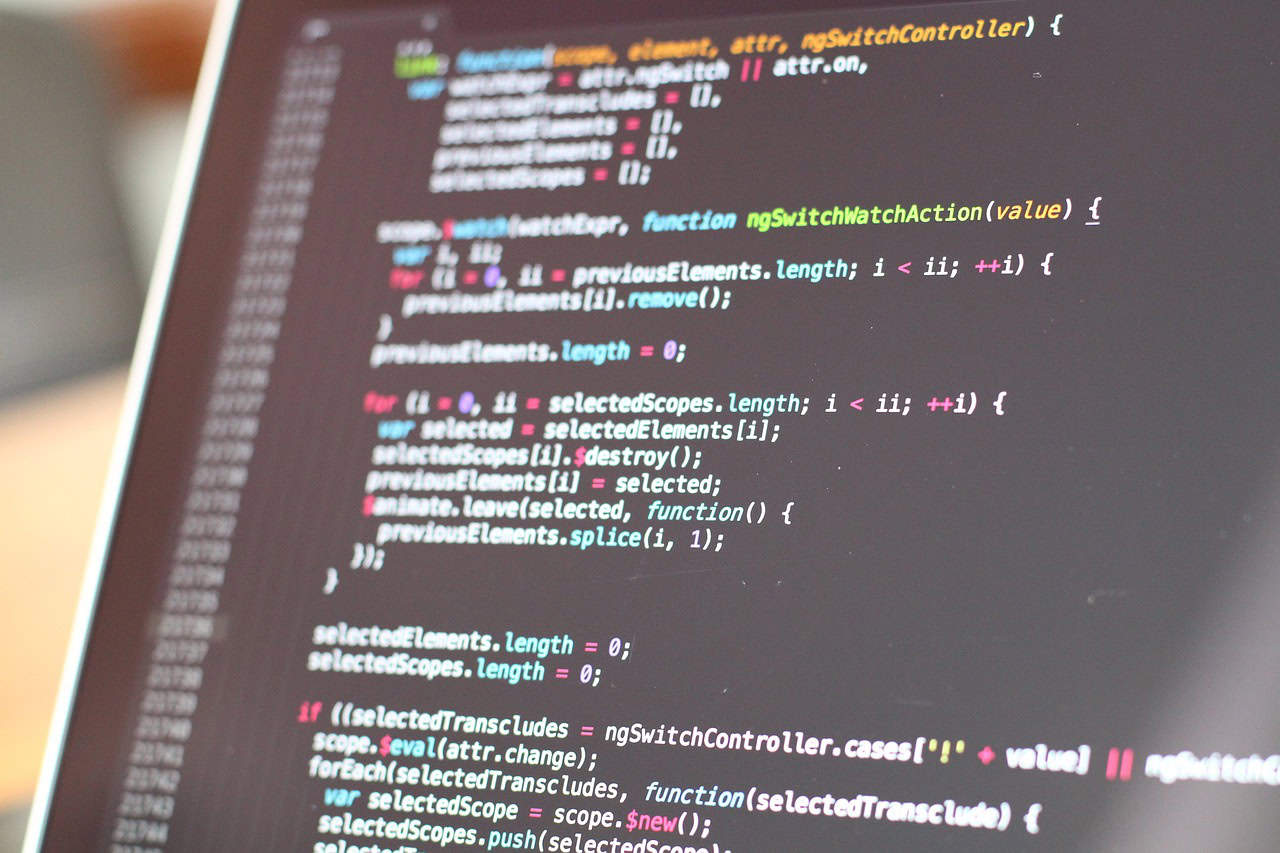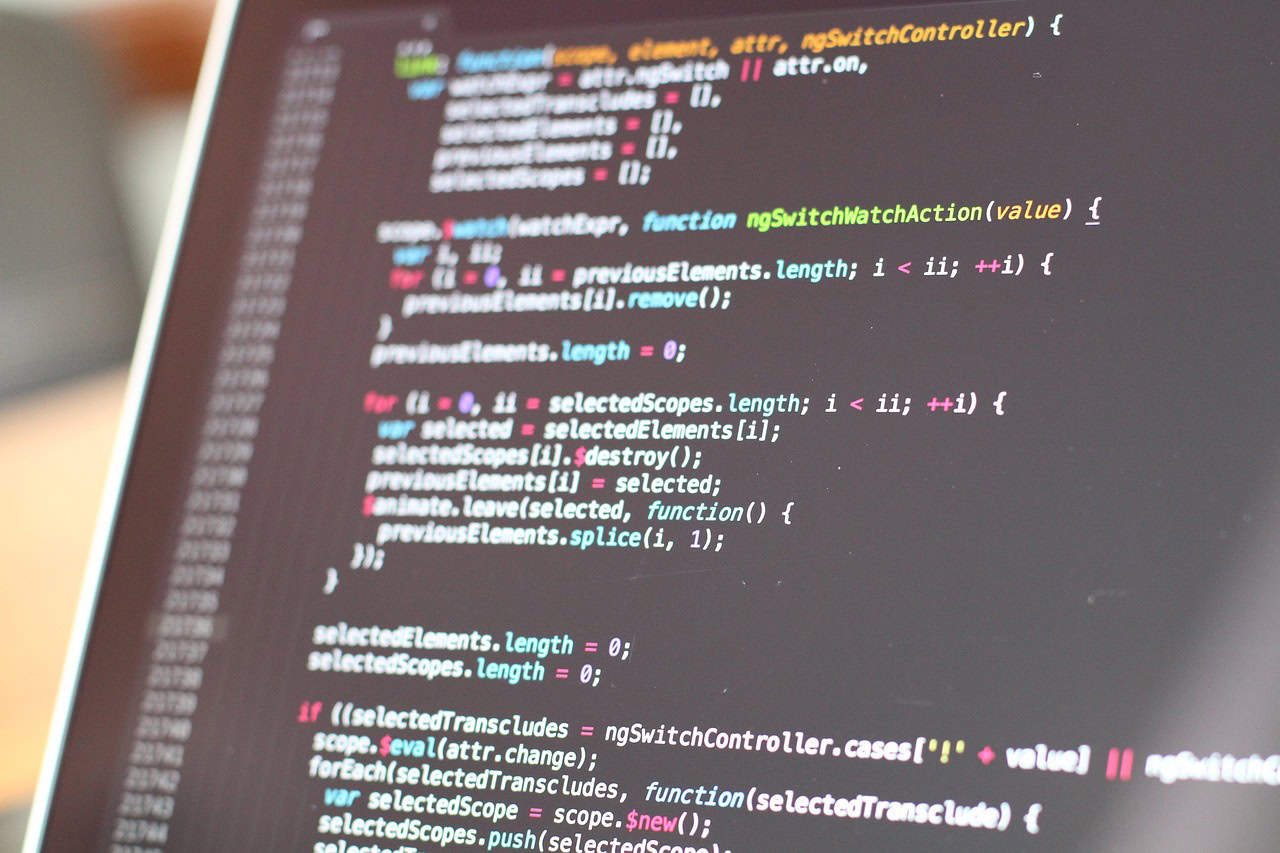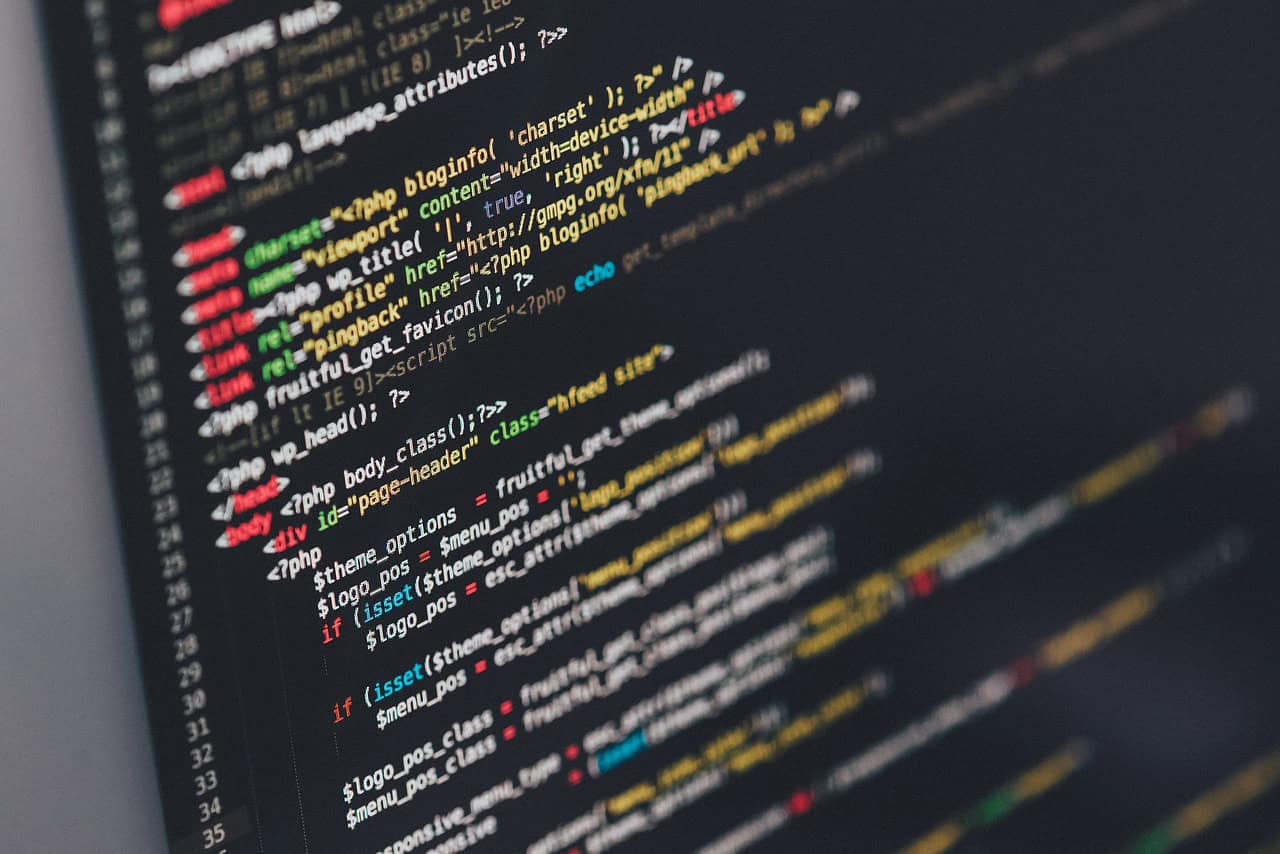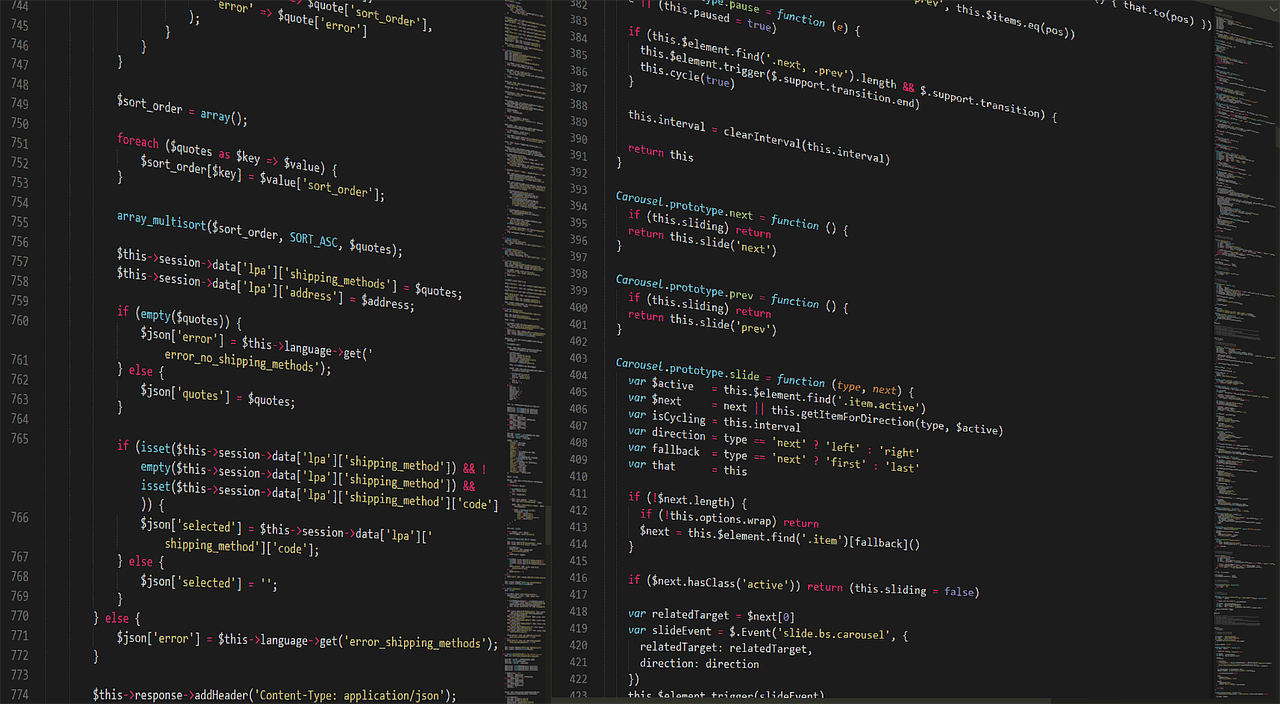Python Docker: The Ultimate Guide to Containerizing Python Applications Estimated reading time: 12 minutes Understand how Docker ensures consistency and scalability for Python applications across environments. Learn best practices to containerize Python projects effectively using multi-stage builds and Docker Compose. Discover expert insights and practical steps to Dockerize a Python app from scratch. Gain tips…
Category: Uncategorized
Enhance Your Python Programming with Anaconda and Jupyter
Anaconda Jupyter: Unlocking the Power of Interactive Python Programming Estimated reading time: 9 minutes Key Takeaways Anaconda offers a comprehensive Python distribution with over 1,500 scientific packages and powerful environment management via Conda. Jupyter revolutionizes Python programming by combining live code, narrative, and multimedia into interactive notebooks. The integration of Anaconda and Jupyter enables seamless…
Get Started with Anaconda on Windows 10 for Data Science
Anaconda Download for Windows 10: Your Complete Guide to Getting Started with Python for Data Science Estimated reading time: 12 minutes Key Takeaways Anaconda simplifies Python environment setup and package management, especially on Windows 10. Use Anaconda Navigator for easy GUI-based management or Anaconda Prompt for powerful command-line control. Avoid adding Anaconda to Windows PATH…
New Features of PyCharm IDE 2025.1 for Developers
Exploring the Power of PyCharm IDE: What’s New in PyCharm 2025.1? Estimated reading time: 12 minutes PyCharm 2025.1 unifies Professional and Community editions into a single product with a free one-month Pro trial. AI integration introduces a free AI tier and Junie, an AI assistant that accelerates coding and error detection. Enhanced support for data…
Mastering Blender Python for 3D Modeling Automation
Blender Python: Unlocking the Power of Automation and Customization in 3D Modeling Estimated reading time: 12 minutes Blender Python allows automation, customization, and extension of Blender’s 3D modeling capabilities using Python scripts. Python’s simplicity makes scripting accessible to beginners yet powerful for advanced users. Learning Blender Python saves time, enhances creative control, and develops transferable…
Harnessing NLTK Python for Effective Natural Language Processing
Unlocking the Power of NLTK Python: A Comprehensive Guide to Natural Language Processing Estimated reading time: 10 minutes Key Takeaways: NLTK Python is a versatile library essential for performing various NLP tasks like tokenization, POS tagging, and named entity recognition. Its rich corpora and lexical databases, including WordNet and Brown Corpus, support wide-ranging language research…
Mastering Offline Text-to-Speech with pyttsx3 in Python
Unlocking the Power of pyttsx3: A Comprehensive Guide to Python’s Offline Text-to-Speech Library Estimated reading time: 10 minutes pyttsx3 is a versatile and offline Python text-to-speech library supporting Python 2 and 3 across major operating systems. It leverages system-native speech engines, ensuring fast, secure synthesis without internet dependency. Developers can customize voice properties including rate,…
Discover the Power of Python for Arduino Projects
Arduino Python: Unlocking the Power of Python in Arduino Programming Estimated Reading Time: 12 minutes Learn how Python enhances Arduino programming beyond the native C/C++ environment. Discover tools like PySerial that enable seamless serial communication between Arduino and Python. Explore advanced frameworks such as PyMTL for hardware modeling with Python. Practical projects and applications combine…
Unlock CircuitPython for Simplified Microcontroller Programming
Exploring CircuitPython: The Future of Microcontroller Programming in Python Estimated Reading Time: 6 minutes Beginner-friendly programming designed for hardware interaction. Robust library support facilitates intuitive learning. Interactive REPL enhances coding efficiency. Open-source and community-driven for continuous improvement. Table of Contents What is CircuitPython? Key Features of CircuitPython Development and Compatibility Educational Focus and Real-World Applications…
Explore Game Development with Pygame in Python
Pygame: Unlocking the World of Game Development in Python Estimated reading time: 5 minutes Discover the capabilities of Pygame for creating games. Learn the steps to install Pygame on your machine. Explore the key features that make Pygame a popular choice. Engage with the vibrant Pygame community for support and contributions. Understand practical takeaways to…









